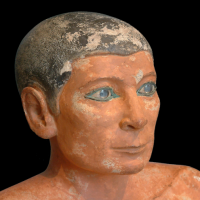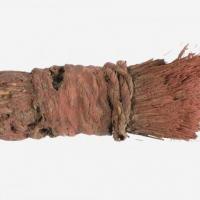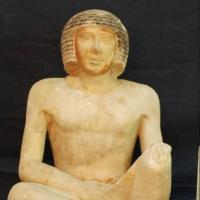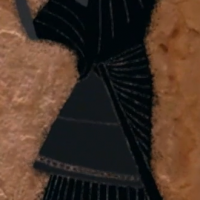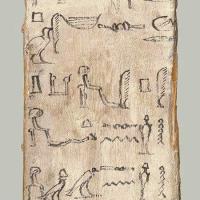The Nile in the hippopotamus: Being and becoming in faience figurines of Middle Kingdom
of the image. The mode of fabrication where an internal potential emerges from the material by drying and heating on the one hand, and the surface decoration representing the lush aquatic environment of the river Nile on the other, both serve to add elements of flow and continuous becoming to the otherwise fixed and stable form of the glazed figurine, a tension which can be further influenced by the deliberate breaking of the finished figurine before deposition. This tension is mirrored in the ancient Egyptian ontological concept at, ‘moment, impulse’ which is written in the period under discussion precisely using a sign depicting the head of a hippopotamus, indicating a connection between the ‘conceptual affordances’ offered by the object and broader Egyptian ontological frameworks.
Rune Nyord, Cambridge University "
